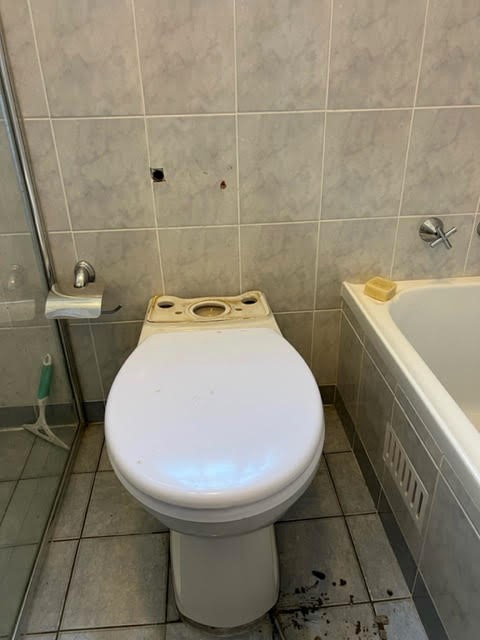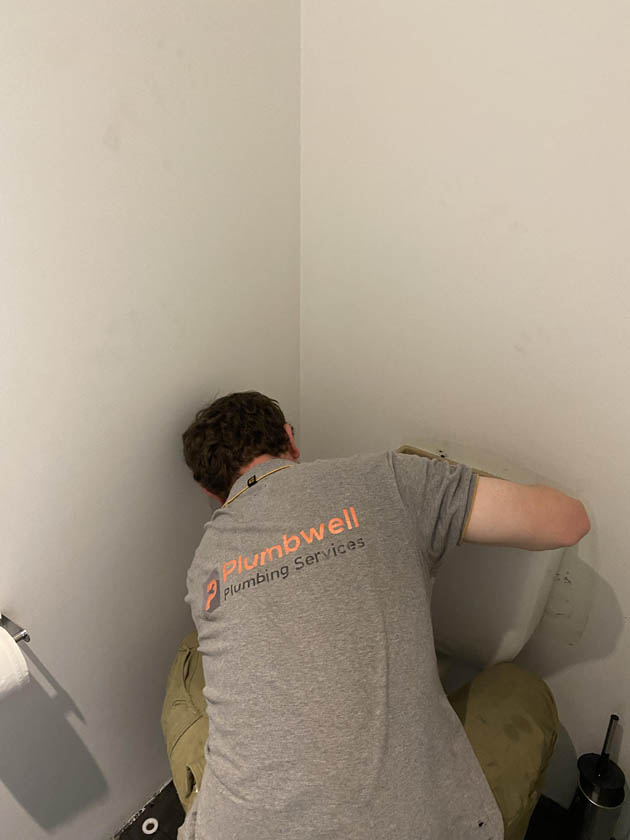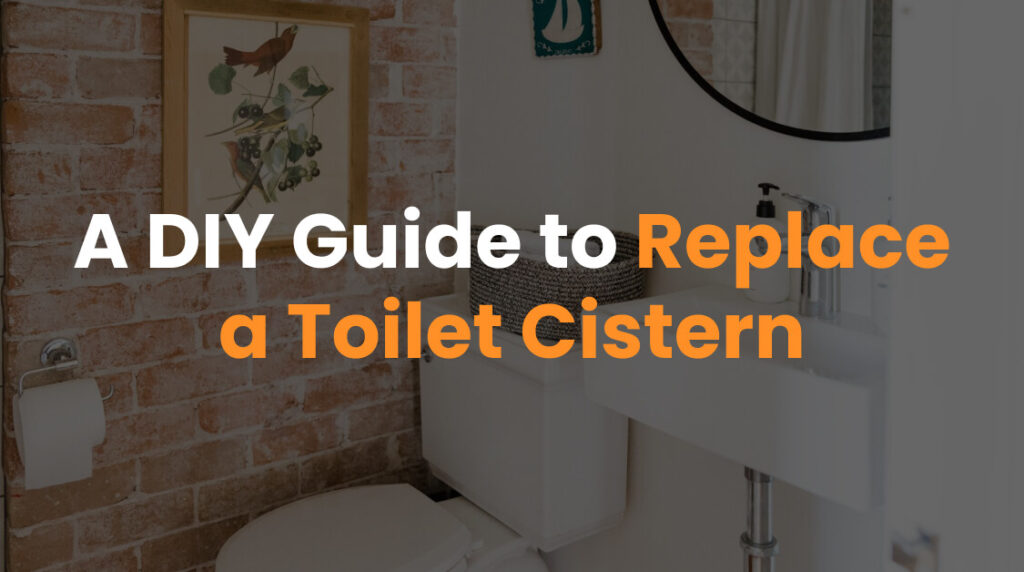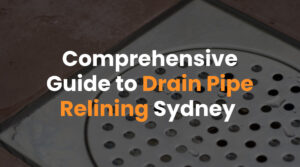Replacing a toilet cistern can seem daunting, but with the right tools and a bit of knowledge, it’s a task that many homeowners can undertake themselves. Whether your cistern is leaking, malfunctioning, or you’re updating your bathroom, this guide by Plumbwell Plumbing Services will walk you through the essentials of removing the old one and installing a new one.
Signs You Need to Replace a Toilet Cistern
Recognising when to replace your toilet cistern is key to maintaining an efficient and functional bathroom. Here are some clear indicators that it might be time for a replacement:
-
- Leaking Cistern: If your cistern is leaking water into the toilet bowl or onto the floor, it could be due to a faulty washer or a crack in the cistern itself. This not only wastes water but can also lead to more significant plumbing issues.
-
- Inefficient Flushing: A cistern that doesn’t flush properly or requires multiple flushes to clear the bowl might be due to internal wear and tear. Replacement could restore full functionality.
-
- Damaged Water Inlet Valve: The valve that controls water flow to the cistern may become worn or damaged over time. If adjusting the valve doesn’t fix the issue, replacing the cistern may be necessary.
-
- Visible Cracks: Any visible cracks on the cistern, even small ones, can lead to leaks. Water damage can exacerbate these cracks over time, necessitating a replacement.
-
- Aesthetic Upgrade: Sometimes, the replacement isn’t about repair but rather an aesthetic upgrade. If you’re renovating your bathroom, a new cistern can significantly change the look and feel of the space.
Step-by-Step Guide on How to Replace Toilet Cistern

Replacing a toilet cistern can significantly improve your toilet’s efficiency and resolve issues like leaks or faulty flushes. This detailed guide aims to empower you with the knowledge to replace a cistern, enhancing your DIY plumbing skills.
1. Shut Off Water and Empty Cistern
First, locate and turn off the water supply valve to prevent more water from entering the cistern. Flush the toilet to drain existing water from the cistern, holding down the flush lever to remove as much water as necessary. You may need to use a sponge or towel to soak up any remaining water at the bottom of the cistern.
2. Remove the Old Cistern
Disconnect the water inlet hose from the bottom of the cistern. Using an adjustable wrench, carefully remove the nuts and bolts that secure the cistern to the toilet bowl. Be mindful of water that might still be in the cistern when lifting it off to avoid spills.
3. Clean and Prepare Area
Once the old cistern is removed, thoroughly clean the area on the toilet where the cistern was mounted. Removing old sealant and debris ensures a clean, smooth surface for installing the new cistern and helps prevent leaks.
4. Install the New Cistern
Carefully align the new cistern with the mounting holes on the toilet bowl. Position the rubber gasket at the bottom of the cistern to ensure a watertight seal. Secure the cistern with the provided nuts, bolts, and washers, tightening evenly to avoid cracking the porcelain.
5. Reconnect Water Supply
Attach the water inlet hose to the new cistern, making sure the connection is tight and secure to prevent leaks. If necessary, apply plumber’s tape to the threads of the inlet pipe for a better seal.
6. Test the System
Turn the water supply back on and observe the cistern as it fills to ensure there are no leaks. Perform a test flush to verify the new cistern operates correctly. Adjust the water level and flush mechanism as needed to achieve optimal performance. Finally, check for leaks around the bolts and water inlet once again to ensure everything is watertight.
Troubleshooting Common Issues After Installing a New Toilet Cistern
After replacing a toilet cistern, you might encounter a few issues that need attention. While many of these can be resolved with some basic knowledge and the right tools, it’s crucial to recognise when professional help is needed. Here are some common problems and how to troubleshoot them:
-
- Water Leakage Between the Cistern and Toilet Bowl: Ensure the bolts holding the cistern to the toilet pan are securely fastened, but not overtightened, as this could crack the porcelain. Check the gasket at the bottom of the cistern for proper alignment and seal.
-
- The Toilet Won’t Flush Properly: This could be due to the water level in the cistern being too low or a problem with the flush mechanism. Adjust the float to increase the water level or inspect the flush valve and handle for any faulty parts that need replacing.
-
- Cistern Fills Too Slowly or Continuously Runs: Inspect the water inlet valve and the inlet pipe at the bottom of the cistern. A blockage or damage in these components can affect water flow. Cleaning or replacing these parts can often resolve the issue.
-
- Noisy Cistern After Flushing: This may indicate air in the pipes or a high water pressure issue. You may need to adjust the valve to regulate the flow of water into the cistern more smoothly.
Professional Plumber vs DIY: Who Should Replace Your Toilet Cistern?

When to Consider DIY
-
- Simple Replacements: If you’re dealing with a straightforward cistern replacement and are comfortable using basic plumbing tools, a DIY approach can be cost-effective. This includes tasks like changing toilet cistern components that do not require significant plumbing work.
-
- Learning Opportunity: For those who have the time and inclination, replacing a toilet cistern can be a valuable learning experience. Plenty of resources and guides for DIY enthusiasts are available, offering step-by-step instructions.
When to Call a Professional Plumber
-
- Complex Installations: If your toilet cistern replacement involves complex plumbing work, such as adjusting the water inlet pipe or dealing with an old toilet cistern that’s part of a close-coupled toilet, it’s best to consult a professional.
-
- Persistent Problems: Should you face ongoing issues after attempting a replacement, such as leaks or malfunctioning parts inside the cistern, a licensed plumber can diagnose and resolve these problems efficiently.
-
- Peace of Mind: A professional plumber, like Plumbwell Plumbing Services, a local Sydney plumber, can ensure that your cistern replacement is performed correctly, guaranteeing a leak-free installation and optimal functionality. They bring expertise, the right tools, and a trusted reputation to every job, ensuring that any toilet cistern replacement or repair is handled promptly and professionally.
Deciding whether to replace your toilet cistern as a DIY project or to engage a professional plumber comes down to the complexity of the job, your confidence in handling plumbing tasks, and the potential for unresolved issues. For those in Sydney, Plumbwell Plumbing Services offers expert advice and service for all your cistern replacement needs, ensuring that your toilet functions flawlessly for years to come.
Conclusion: The Benefits of Replacing Your Toilet Cistern
Replacing your toilet cistern can lead to improved water efficiency, reducing both your environmental footprint and water bills. A new cistern can also resolve ongoing issues like leaks or inefficient flushing, enhancing the overall functionality and hygiene of your toilet. Ultimately, whether undertaken as a DIY project or through professional services like Plumbwell Plumbing Services, updating your cistern is a worthwhile investment in the comfort and efficiency of your home.








